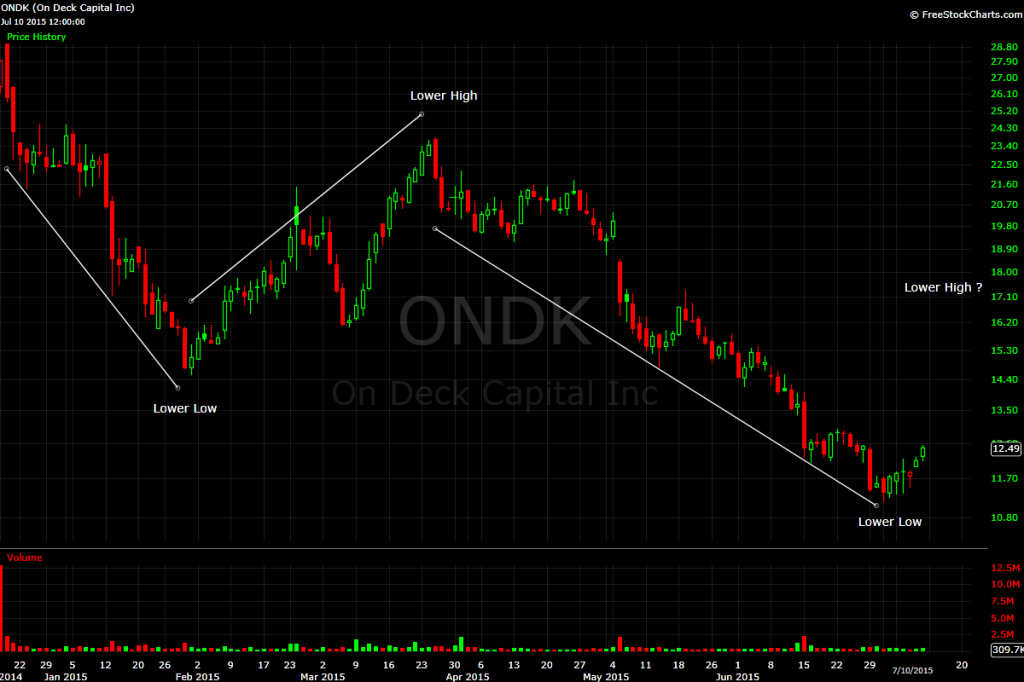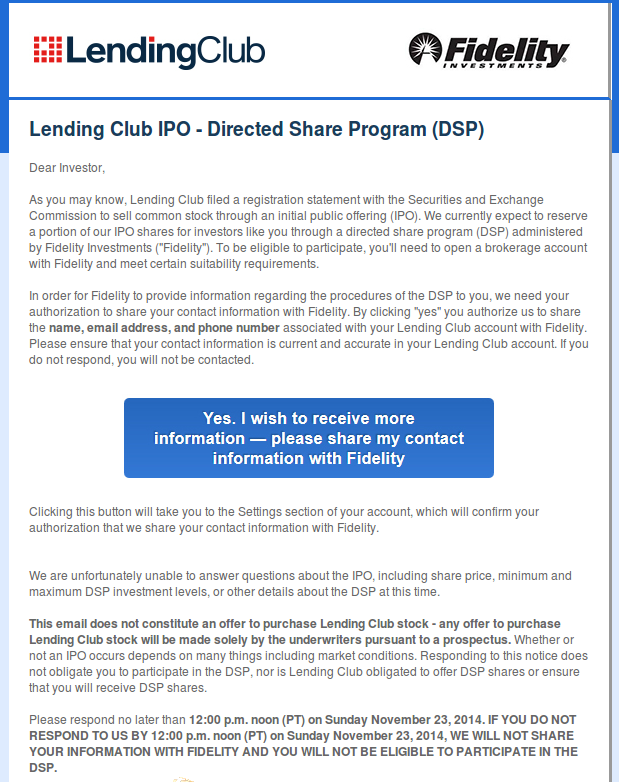Stocks
If Wall Street Likes Square, Why Is the Stock Falling?
March 10, 2016 Jack Dorsey-led payments company Square released its first earnings as a public company yesterday and although it did not disappoint, it just wasn’t enough to keep its stock from tumbling.
Jack Dorsey-led payments company Square released its first earnings as a public company yesterday and although it did not disappoint, it just wasn’t enough to keep its stock from tumbling.
Square’s stock opened 7.86 percent lower today even after its fourth-quarter revenues totaling $374 million beat analysts expectations hovering around $345 million. The San Francisco-based company proved to skeptics that its business is more than just payments with a convincing quarter. The seven year old company that went public in November 2015, originated more than $400 million in merchant cash advances annually and over $150 million in the fourth quarter with an average deal size of $6,000 and its software and data business brought $58 million in annual revenue.
Square also processed $10.2 billion in payments from 2 million merchants in the fourth-quarter, at an annual increase of 47 percent. Square realized that the best way to retain consumers is to sell them more products without losing its core — payments. The company received 350,000 orders for the mobile point of sale chip reader which accepts payments on smartphones. “We want to associate our logo with the ability to pay with your phone,” said Jack Dorsey during the earnings call.
Square is confident that it has built a “cohesive commerce ecosystem” for merchants. Then why is the stock being punished?
China: New Regulator In, Stocks Up
February 22, 2016 Chinese stocks got a much-needed respite and traded at a four-week high after the country ousted the head of its securities regulator, China Securities Regulatory Commission (CSRC) Xiao Gang amidst a volatile stock market. Gang will be succeeded by Liu Shiyu, former deputy governor of the central bank and chairman of the Agricultural Bank of China.
Chinese stocks got a much-needed respite and traded at a four-week high after the country ousted the head of its securities regulator, China Securities Regulatory Commission (CSRC) Xiao Gang amidst a volatile stock market. Gang will be succeeded by Liu Shiyu, former deputy governor of the central bank and chairman of the Agricultural Bank of China.
The Shanghai Composite was down 18 percent within the first two weeks of this year and 40 percent since last year. And twice in a week, last month the Chinese stock market traded only for 29 minutes after the CSI 300 Index fell 7 percent.
The slump on stock markets is an amalgam of various factors like a weakening renminbi, slowing down of manufacturing activity and China’s slow transition to a consumption-led economy.
All signs point to drying up of capital in the country. China News Service last week reported a decline in the number of P2P lenders following the Ezubao Ponzi Scheme where marketplace lenders swindled $7.6 billion from investors.
Chinese lender Yirendai closed 0.73 percent up.
Online Lenders Plummet Simultaneously to All-Time Lows
January 14, 2016 If it was involved in online lending, investors dumped it on Wednesday January 13th. LendingTree, a consumer lending platform, dropped nearly 30% for the day despite reporting positive results.
If it was involved in online lending, investors dumped it on Wednesday January 13th. LendingTree, a consumer lending platform, dropped nearly 30% for the day despite reporting positive results.
OnDeck closed at a new all-time low of $7.33, a drop of almost 14% for the day.
Lending Club also closed at a new all-time low. They finished at $8.86, after a comparably modest drop of 6.5%.
Enova International, the company that acquired The Business Backer back in August, closed at an all-time low. At $5.58, their stock dropped 3.13% for the day.
Square, a payments company with a substantial merchant cash advance operation, was down 4%, but they did not break the record for the all-time low they had just set six day earlier.
Yirendai, a Chinese peer-to-peer lender on the New York Stock Exchange, also managed to escape an all-time low despite being down 1.55%. Their all-time low record was also set just six days earlier.
For comparison’s sake, the S&P 500 was down 2.5% on the day. The continuous beating for online lenders, which can’t seem to catch a break in the market, is especially ominous because the economy is not in a recession and there are no indications that any of their business models are legitimately threatened. Nearly a decade since the beginning of the financial crisis, it’s apparently still cool to hate lenders. For LendingTree in particular, the precipitous drop on POSITIVE news was ugly enough to make the headlines in the New York Post. “LendingTree stock was sliced, diced, creamed and puréed,” the Post wrote.
Out there, the little guys who took a leap of faith to support fintech disruption seem like they’re preparing to riot in the streets:
$lc $ONDK ipo underwriters should be in prison
— TheMoneyTeamTMT (@TheMoneyTeamTMT) Jan. 13 at 03:42 PM
This is absurd $LC …this stock is either complete sh*t or we're going to have a monster rally
— Alex (@ROIRogers) Jan. 13 at 03:25 PM
$LC $ONDK new lows… starting to trade like a big recession is already here
— Mark Holder (@StoneFoxCapital) Jan. 13 at 01:42 PM
— BasicNews (@BasicNews) Jan. 13 at 11:49 PM
$SQ Here's another garbage company with bloated forward earnings, all these p o s stocks headed way lower
— QEBubble (@QEBubble) Jan. 13 at 05:18 PM
$LC F* this!
— Don Juan (@fluppy) Jan. 13 at 02:56 PM
$LC selling into oblivion. wtf
— Bork Bork (@calicat) Jan. 11 at 05:00 PM
Perhaps contributing to the damage in Lending Club’s case is that company executives have been dumping their shares over the last several months despite the stock constantly hovering near all-time lows. It certainly doesn’t show a lot of short-term confidence that something is going to change soon.
Insider selling is not the issue in OnDeck’s case which hasn’t really had any. While they were most likely just collateral damage from today’s unyielding carnage, Noah Breslow proclaimed on Squawk Box prior to the opening bell that OnDeck was regulated like a “non-bank commercial lender,” one of those rare characterization departures from their supposedly being a tech company. Aside from that was the sobering letdown that disrupting banks may have never been the goal for them or for online lenders. In a recent article by Broadmoor Consulting’s Todd Baker, he argued that “disruptor” has been the wrong word used to describe many of these companies and that their potential may only go as far as to digitally “enable” banks who are struggling with lagging technology to enable themselves in the modern era. Sound boring? Maybe there’s something bigger in play.
An OnDeck (ONDK) Technical Analysis
July 12, 2015For some of us working in the merchant cash advance industry, we saw the IPO of OnDeck (ONDK) as a major stepping stone in getting recognized by main street and receiving overall exposure. Unfortunately it has not been the best representative of us in the stock market. I started monitoring ONDK on the first day it started to trade and after 7 months, it clearly hasn’t looked positive.
I am a student in technical analysis. In layman’s terms, it is the study of price action of a traded financial instrument to make an informed investment decision. The following is my view.
The first thing that pops out when viewing the chart is that the single biggest day of volume (number of shares traded) was the IPO day. The stock has yet to trade in that kind of volume since then.
The other obvious thing that pops out is that the stock has been in downtrend, a series of lower lows and lower highs. As the old Wall Street adage says, “The trend is your friend.” Trying to call a bottom in this stock has been useless as it seems like those that have, are catching a falling knife.
Moving averages are used to determine whether the stock is trending or not. With very few trading days the longer term averages are not able to be rendered. In May the stock met resistance at the 20/50 EMA crossover. Coincidentally this was also the beginning of the latest down leg. It is also worth noting that the stock has not closed above the 20 day EMA since it was breached. There was one failed attempt that resulted in the continuation of the down trend in the middle of May. The stock is currently at the 20 EMA and is testing this level again. A close above this could be an indication of a possible change in trend.
The bottom of the chart has the RSI. This is a measurement of Overbought and Oversold conditions, which is telling us that the stock has been oversold for a couple of months. It recently started moving upward from the oversold condition.
The MACD is another technical indicator used. It measures the momentum of the stock. I like to think of momentum as the thrust/force of the move in a stock. This indicator points two things to me. As the stock has been going lower there hasn’t been a lower low in the indicator. It actually seems there is a slight uptrend in the indicator, which tells me as the stock has gone lower, there hasn’t been the same force/thrust to the move. This is a classic example of divergence, meaning the stock is doing one thing while the momentum indicator is doing another.
The information above points to two possibilities. The first is that the stock is currently taking a breather from its downtrend. This is normal in a stock cycle; after all, stocks do not go up or down in straight lines. The other is that the stock could be in the beginning stages of stabilizing. Stabilizing does not mean that the stock will begin a new uptrend. It means the stock could be range bound for a couple of months.
OnDeck Q1 2015 Earnings Call
May 4, 2015OnDeck (ONDK) is scheduled to release Q1 2015 earnings today at 5pm EST. Anyone can register to listen to the call via web HERE or by dialing in through (877)201-0168 with conference ID 23530259.
OnDeck closed Friday at $19.29, just 8 cents below where it closed leading up to the 2014 Q4 and year-end earnings call on February 23rd. By that measure, the stock has been relatively flat.
Recently, the company announced expansions into Canada and Australia, though analysts such as Henry Coffey of Sterne Agee remain skeptical.
“If the opportunity is so large in the U.S., why go halfway around the world to lose money?” Coffey told the Wall Street Journal.
The Street doesn’t see eye to eye on OnDeck. Compass Point issued a sell rating with a price target of $14 while Deutsche Bank issued a buy rating with a price target of $28. Meanwhile, news media continue to disseminate incorrect information about the company by often times referring to them as a peer-to-peer lender.
OnDeck has never been a peer-to-peer lender.
In April, the company announced a strategic partnership with Prosper, though the extent of their collaboration is uncertain.
OnDeck predicted a net loss for all of 2015 in their 2014 year-end report. Consequently, it is likely OnDeck will report a loss today for Q1, though analysts expect year over year revenue growth of almost double.




































